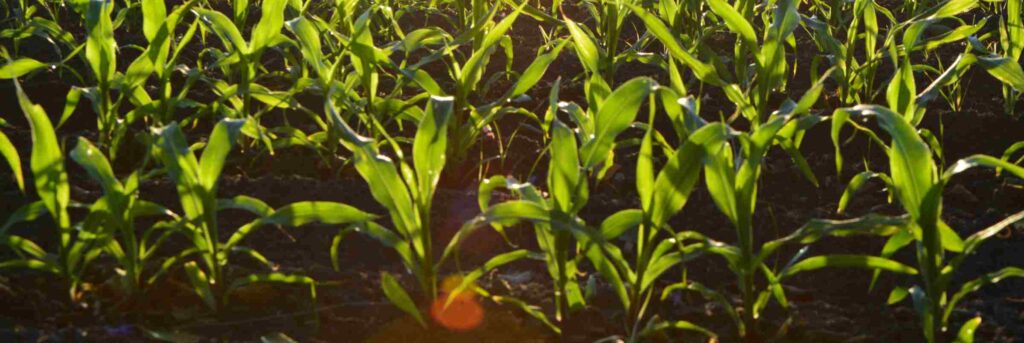Watch a video about this research
Global warming is bringing longer growing seasons, allowing producers to expand the types of crops they cultivate. While this can be a benefit, a longer growing season increases the risk of environmental stressors, like frost and cool overnight temperatures.
Researchers from the University of Saskatchewan (USask) are investigating how the first frost impacts corn varieties, in the hopes of finding new ways to maximize crop yields.
“With global climate change, we are realizing that you can push the corn belt northward, so we’re wondering how we can enable the production of that crop by expanding the season,” said Dr. Karen Tanino, professor of abiotic stress physiology in the College of Agriculture and Bioresources.
The team is interested in the cuticular layer of the plant, a defensive barrier that acts like the plant’s skin. If the cuticular layer is more water repellent, it is full of waxy compounds that allow water to run off the plant.
“If water is not present, then the frost is not able to form, which means the plant can avoid that first fall frost,” said Tanino.
With the help of the Mid-IR beamline at the Canadian Light Source (CLS) located at USask, Tanino and her colleagues found that the cool temperatures preceding the first frost influence the composition and quantity of the plant’s cuticle layer, making it more susceptible to freezing temperatures. Their findings were recently published in Physiologia Plantarum.
“We’re trying to help breeders develop and select plants that will be all-rounders, that can get through multiple stresses and survive, and more stably produce yield year after year,” she said.
Tanino and her group have been long-time users of the CLS.
“We were one of the first plant groups to use the CLS nearly 15 years ago, and we are so lucky to have it here right on our campus.”
Synchrotron beamlines enable Tanino to look deep inside a plant without destroying it, providing a level of detail not available using other techniques.
“We’ve used the CLS to take a non-destructive look at what is changing and where, and it provides us with our first insight.”
Thank you to Canadian Light Source for submitting the article and photos
